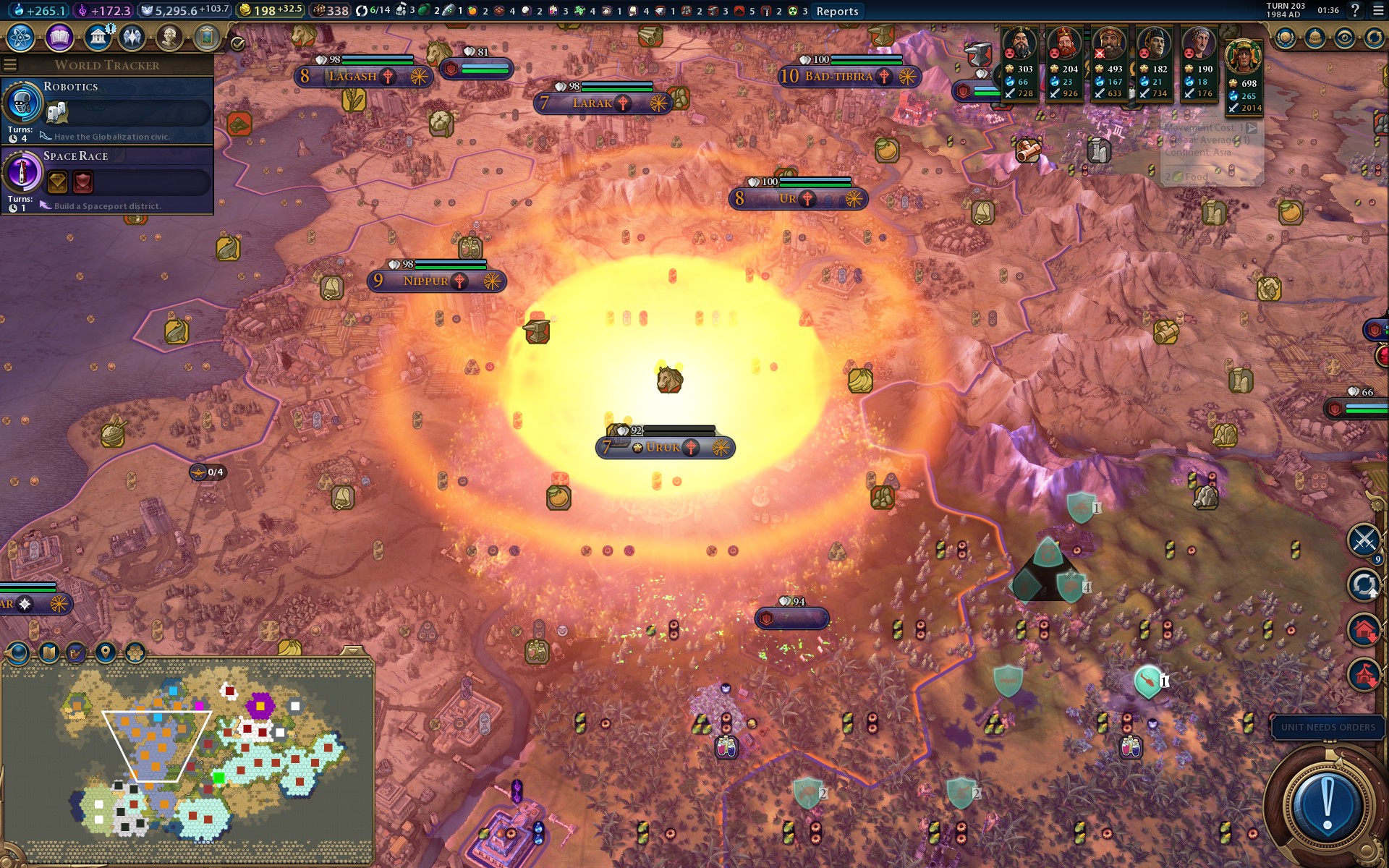
King Álvaro VII turned out to be a tyrant, hated by both political rivals and the common people. The deposed king fled to Nkondo, where he continued to claim kingship over Kongo. The Kinlaza were quick to act against him and forced him out in place of Álvaro VII. The ascension of Afonso, a Kimpanzu partisan, played into Soyo's plans. King Afonso II of Kongo and Nkondo, not to be confused with Afonso II of Kongo from the 16th century, took the throne after the death of António I. With no strong opposition in Kongo to them, the da Silvas were able to impose their will on both Kinlaza and Kimpanzu claimants to the throne. Soyo, ruled by the Silva kanda, had been refuge to the Kimpanzu hiding out in the Luvota region in its south. The party that did prosper as a result of Kongo's defeat was the county of Soyo, home to many Kimpanzu partisans.

Kongo and Angola had no more control over this remote settlement than it had before the battle. The Battle of Mbwila did not have a drastic change on the borders of Central Africa. Robbed of their king, heir and symbols of leadership, the kingdom quickly descended into civil war as Kinlaza and Kimpanzu partisans vied for the throne. The royal possessions of the king, which he feared to leave in Kongo because of rival partisans, were also lost on the battlefield. The boy heir to the Kongo throne was captured and taken to Luanda along with the head of António. King António I and many of the Kinlaza nobility were killed in the battle the royal crown and sceptre were sent to Portugal as trophies. In the ensuing battle, Kongo was badly defeated. The two powers met at the Battle of Mbwila on October 29, 1665. In 1665 a dispute between the claimant to the chiefdomship and his aunt drew Kongo and Angola into confrontation, Kongo supporting the claimant with Angola supporting the aunt. The chiefdom had sworn fealty to both Kongo and Angola in the past. Battle of Mbwila ĭespite the rising tension between the states, the spark that would set them to war again would be a dispute over the tiny border town of Mbwila. These events set Garcia II's successor, António I, on a completely anti-Portuguese agenda. More and more, Kongo had to rely on Dutch support, which was not as forthcoming with Soyo as a competitor. Now Portugal was stronger than ever with control of Luanda, source of Kongo's nzimbu shell money. King Garcia II's gambit of assisting the Dutch in their short war with Portugal over the port of Luanda had turned out badly.

King António I was determined to remove the Portuguese from Angola, as they had been a thorn in Kongo's side since 1622. In 1661 King Garcia II, died leaving the throne to his second eldest son António. By the end of Garcia's reign, Soyo was completely independent of Kongo and there was open hostility between the House of Kinlaza and the House of Kimpanzu including plots on the king's life and military engagements. When King Garcia II came to power, the Kimpanzu were entrenched in the county of Soyo giving support to the remaining Nsundi and Kimpanzu partisans inside Kongo while claiming the title of Princes and later Grand Princes. Rival claimants for the throne of Kongo, by then the most powerful state in Central Africa, united behind the Kimpanzu. The ascension of this dynasty, which traced its legitimacy to the throne maternally as opposed to the paternal pedigree of the House of Kimpanzu and House of Nsundi was greeted with hostility from the get go.

Together, the brothers forged a new dynasty named for the Nlaza kanda, thus the House of Kinlaza. King Garcia II had come to power after the death of his brother, Álvaro VI, whom he had assisted in seizing the throne of Kongo from the House of Kimpanzu. The Kingdom of Kongo reached its apex during the reign of its most powerful king Garcia II.


 0 kommentar(er)
0 kommentar(er)
